Of the fifty teams with outstanding projects selected for the final round of the international design competition The Freedom Pocket 2025, only one was from Vietnam: a team of students from DTU. They surpassed much of the competition and won third prize with “Archinest 03”, a design for a structure in Nu village after typhoon Yagi.
The award highlights DTU students’ outstanding design capabilities, spirit of integration, and deeply humanistic creative thinking. The first prize went to a team from Indonesia, while the second prize was awarded to one from Italy.
The Freedom Pocket 2025 is a prestigious international design competition that attracted more than 800 entries from professional architects, design firms, and architecture students from around the world, particularly from developed countries like the US, Italy, Spain, and China.
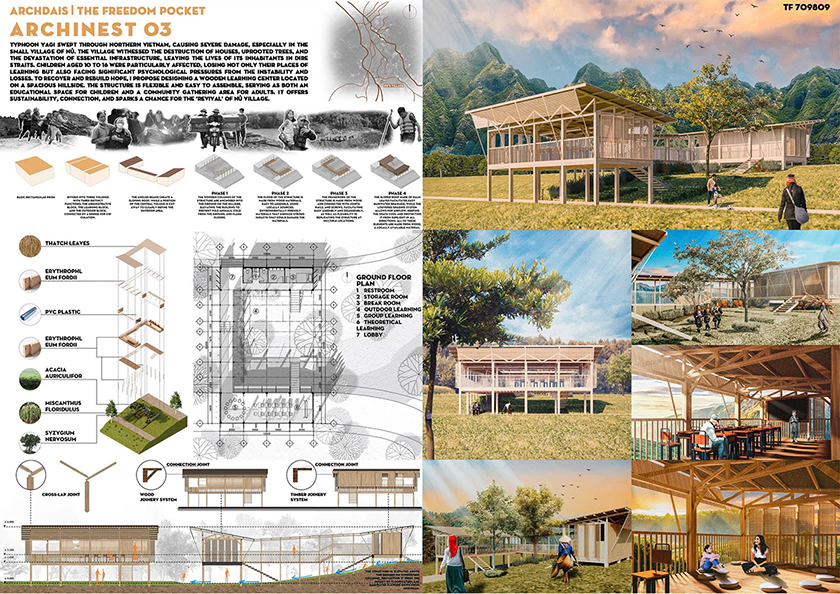
“Archinest 03” by DTU students won third prize at The Freedom Pocket 2025
This year’s competition goals were to design a 24/7 learning center for children aged 10 to 16. The project not only had to meet all necessary functional requirements but also had to prioritize environmental sustainability and inclusivity for children with disabilities.
The student team from the DTU Faculty of Architecture, composed of:
- Nguyen Hoang Long,
- Vo Nguyen Minh Nhat, and
- Vo Van Duc,
drew inspiration from the tragic aftermath of a flash flood that swept through Nu village in Lao Cai following typhoon Yagi in September 2024. They designed “Archinest 03” as a structure that provides a space for learning, play, and psychological healing for children affected by the natural disaster.
Children are often the most vulnerable in natural disasters. Losses experienced in childhood can have a profound impact on psychological well-being later in life. From their understanding and empathy, the DTU students created a structure that offers a dependable, safe, and comfortable home and serves as a place to nurture hopes and dreams. If offers a space where children are comfortable to play, learn, and create. Even more importantly, it gives children a space for healing, connecting with the community, and growth both mental and physical.
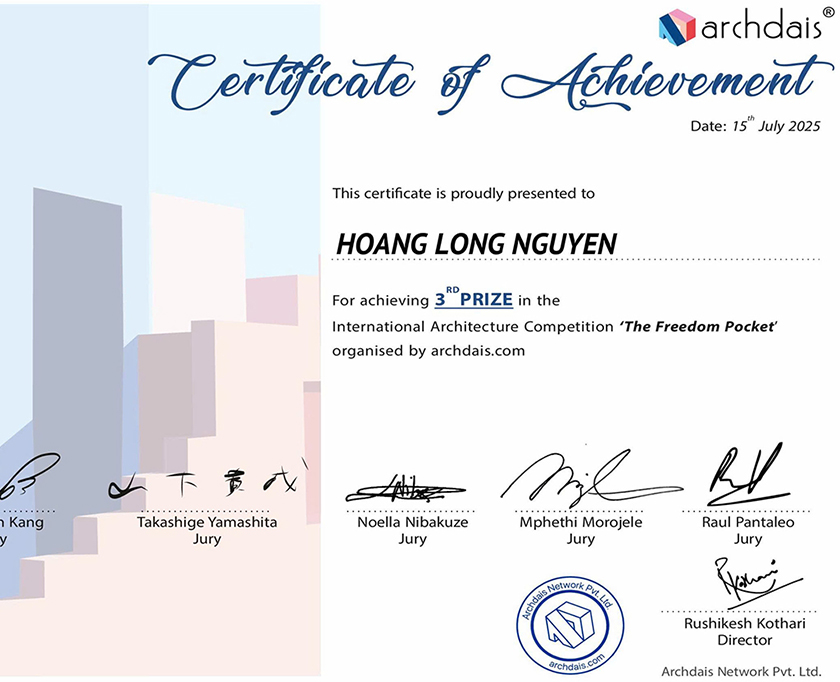
Certificate awarded to the DTU students by the organizers
With this vision, the DTU student team chose to design a traditional stilt house with elevated columns. This befits the sloped terrain of the mountainous area and creates an open space underneath for community activities. The design furthermore allows floodwaters to flow past without causing damage, ensuring long-term safety, preserving the natural landscape, and encouraging children to interact with nature.
“The ‘Archinest 03’ project started from a very simple wish: to do something truly meaningful, however small, to ease the losses suffered by children affected by natural disasters,” team leader Nguyen Hoang Long explains. “That’s why we were extremely careful in every decision - from spatial organization to material selection and how the building interacts with nature - all of it reflects our empathy and a sincere hope for healing.”
Arch. Noella Nibakuze, one of the competition judges, comments: “The DTU students’ project is a practical and appropriate solution with strong impact on a community recovering from natural disaster. The concept directly addresses real needs, with a quite appropriately chosen location and flexible component assembly for dual functionality, providing breakthrough elements. The presentation of the project was very clear and effectively conveyed its meaning and the potential for positive change it can bring to the community.”
Thanks to the recognition and high praise from the judges, “Archinest 03” was awarded third prize in this prestigious international architecture competition. “It’s more than acknowledgment,” Vo Nguyen Minh Nhat says, “it’s also a motivation for us to keep pursuing design values that put people, empathy, and social responsibility central. The award we won further strengthens our belief that when young people design with compassion and clear ideals, we absolutely can create and spread positive change.”
All members of the team are talented students from the DTU Faculty of Architecture, and they explain that studying at DTU played a crucial role in realizing the project. What they value most is the close link between theory and practice in the curriculum - from engaging with social issues to developing ideas through a professional design process.
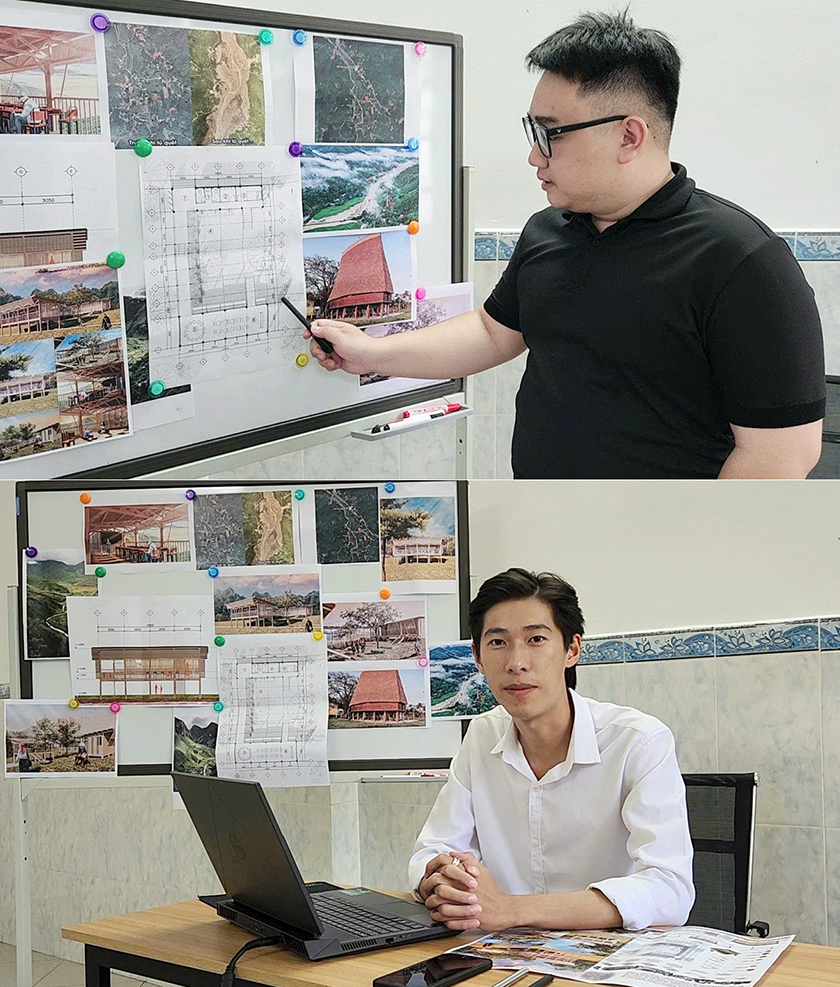
The DTU student team with presentation posters for their “Archinest 03” project
“We were given a solid knowledge foundation in structures, materials, spatial planning, and critical thinking - all essential skills for teamwork and for addressing social issues through architecture,” Vo Van Duc affirms. “More importantly, the university always encourages humanistic approaches in architectural design for people and communities, rather than being limited to form and function. This approach gave us a much deeper perspective when working on a project touching on natural disasters, children, and community rebuilding.”
The organizers of the international competition The Freedom Pocket 2025 awarded prizes to the most outstanding projects:
- first prize: “Teras Bambu” by students Jessica Anita and Nehemia Stephen Gunawan from Indonesia,
- second prize: “Growing Center” by students Nicola Brisu, Carlo Tarcisio Moi, and Riccardo Ortu from Italy,
- third prize: “Archinest 03” by students Nguyen Hoang Long, Vo Nguyen Minh Nhat, and Vo Van Duc from DTU, Vietnam.
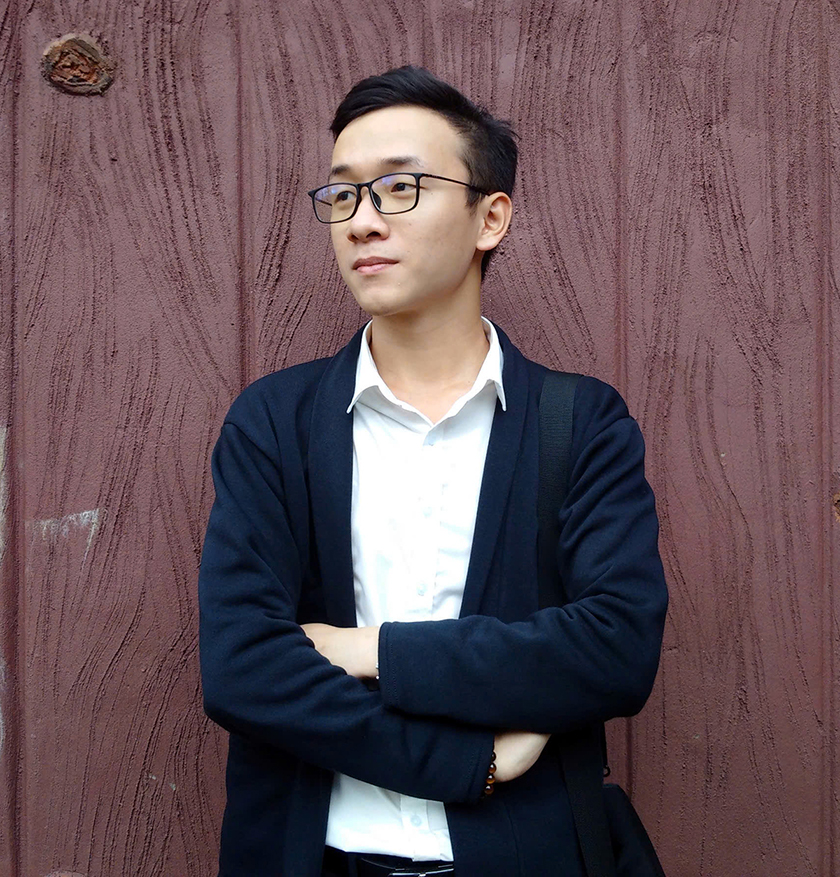
Nguyen Hoang Long was the creative lead. He developed the overall concept, worked on the design, and selected an appropriate site. During project development, he worked on 3D modeling, visual rendering, illustrations, and preparation of materials for interview and presentation - to effectively communicate the project's messages and values to the judges.
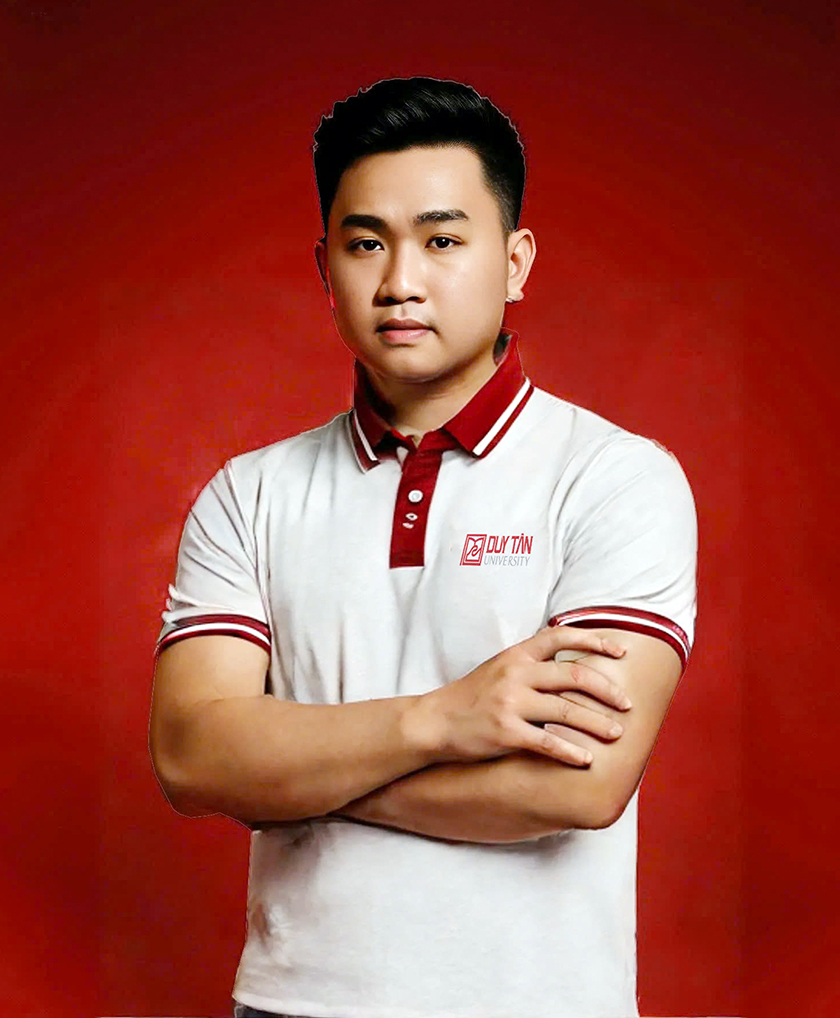
Vo Nguyen Minh Nhat was in charge of analyzing the site’s topography and natural conditions and of proposing a fitting spatial layout. He also handled the floor plan, overall layout, and post-production of visual materials. He furthermore presented the project and answered the judges’ questions, showcasing their design thinking and the depth of their professional expertise.
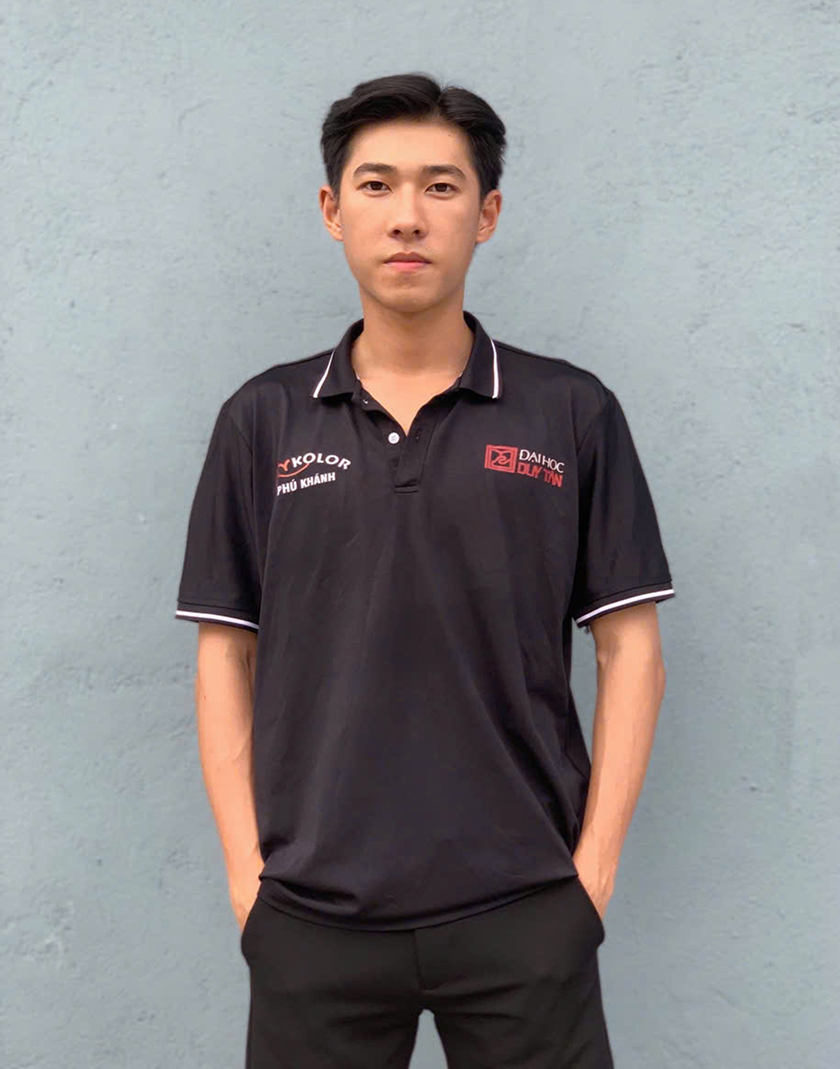
Vo Van Duc researched and computed the structure of the project and selected durable and feasible materials for construction. He was also the one to produce detailed 2D architectural drawings and he finalized the technical documentation. He furthermore oversaw the visual presentation of the project, ensuring all content was delivered clearly and convincingly to the judges.
DTU GLOBAL RANKINGS IN ARCHITECTURE & CONSTRUCTION
- In the 101 - 150 range globally for Architecture & Built Environment, according to QS World University Rankings 2025.
- In the 301- 400 range globally for Engineering according to Times Higher Education 2025.
- In the 151- 200 range globally for Civil Engineering according to the Shanghai Ranking 2024.
(Media Center)